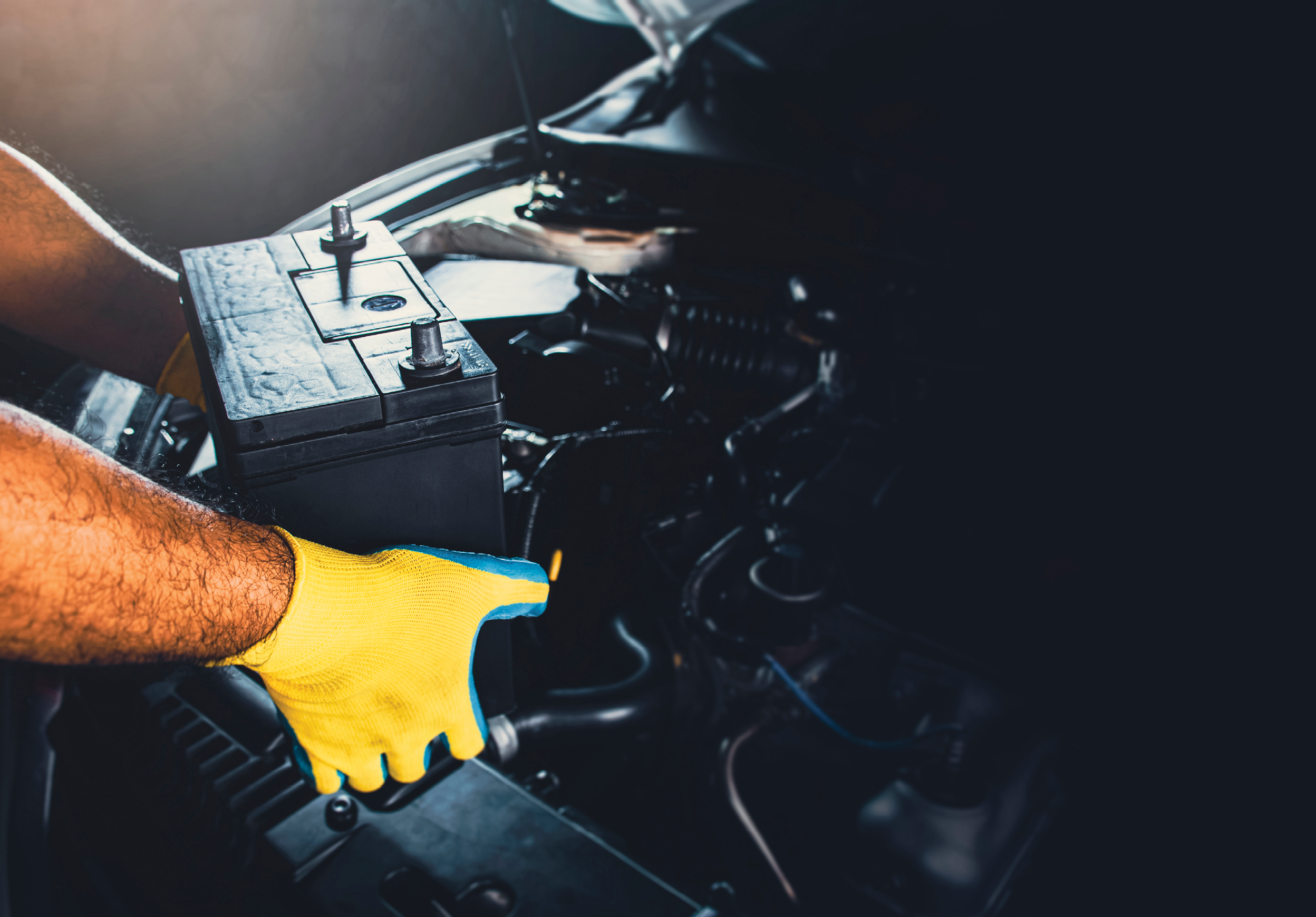From the Magazine: The aging vehicle fleet
Share
Share

Canada’s vehicle fleet is aging, and that’s not a short-term anomaly but a structural shift. With the average vehicle in Canada being more than 10 years old, this trend is reshaping how drivers maintain and invest in their vehicles.
For the aftermarket, this isn’t just good news but a defining opportunity.
Jobbers and repair shops can take a measured, strategic approach in responding to aging vehicles with smart inventory planning, thoughtful upselling strategies and support for customers in the shop.
As Canadians keep their vehicles longer, the need for maintenance and repair increases, especially in the mid-life sweet spot. These vehicles require attention in key wear categories. While some consumers delay maintenance, many are willing to invest to extend vehicle life and avoid costly breakdowns.
What shops need are clear service schedules, parts that fit right the first time and supplier support when things go sideways. Older vehicles can bring surprises. Shops need jobbers who offer fast turnaround, accurate availability and guidance when a part number doesn’t match what’s on the car.
What jobbers can do is provide real-time inventory visibility, offer technician training on common mid-life repairs, and work with shops to build stocking strategies around their most frequent jobs. Educate customers on the value of better and best part categories, not just to increase margins, but to support long-term vehicle performance.
One of the biggest challenges in serving aging vehicles is parts proliferation. Multiple generations of models, mid-year changes, engine variants and fitment differences mean jobbers are under pressure to carry more SKUs than ever and to carry them smartly.
Things can go wrong for jobbers when overstocking slow-moving parts, stocking low-cost versions that get returned and chasing fill rates without a solid understanding of local demand. This all ties up cash flow and reduces flexibility.
Respond by using data to drive decisions, focus inventory on high-demand parts based on trends and VIN-level insights and leverage supplier programs with flexible returns, kits or consolidation to reduce error and improve efficiency.
As demand shifts, communicate early with suppliers about part gaps and explore remanufactured or alternative options to stay ahead.
With the cost of a new vehicle averaging more than $50,000, many consumers are willing to invest in the vehicle they already have. This opens the door to selling higher-quality parts, not just on brand, but on performance, warranty, and peace of mind.
Shops are seeing consumers asking for recommendations on how to “keep their car running another five years” or “get it through winter safely.” These conversations are ideal entry points to upsell better or best products, especially when paired with a simple explanation of long-term value.
Jobbers can support their partners by equipping counter staff and sales teams with product comparison tools. Provide short talking points and visuals that help shops explain the value of premium parts to their customers. When parts reduce comeback risk, protect warranties, and boost customer satisfaction, everyone wins.
To turn this trend into a long-term advantage, jobbers and shops should consider these next steps:
The aging vehicle fleet isn’t just a talking point but a powerful shift in how drivers think about their vehicles. For aftermarket businesses, it’s an open door to deepen customer relationships, improve profitability, and become an essential partner in a longer ownership journey.
But capitalizing on this trend takes more than just stocking more parts. It requires data-driven planning, smart inventory management, and a commitment to helping shops solve real problems. The road ahead is long and, for those ready to serve it well, full of opportunity.
Meagan Moody is the founder of The Moody Blueprint, a strategy and business development consultancy focused on the automotive aftermarket. With over 15 years of experience — including executive leadership at a global supplier — she brings a practical, growth-minded approach to helping distributors and manufacturers stay ahead of change
This article originally appeared in the September 2025 issue of Jobber News
Leave a Reply